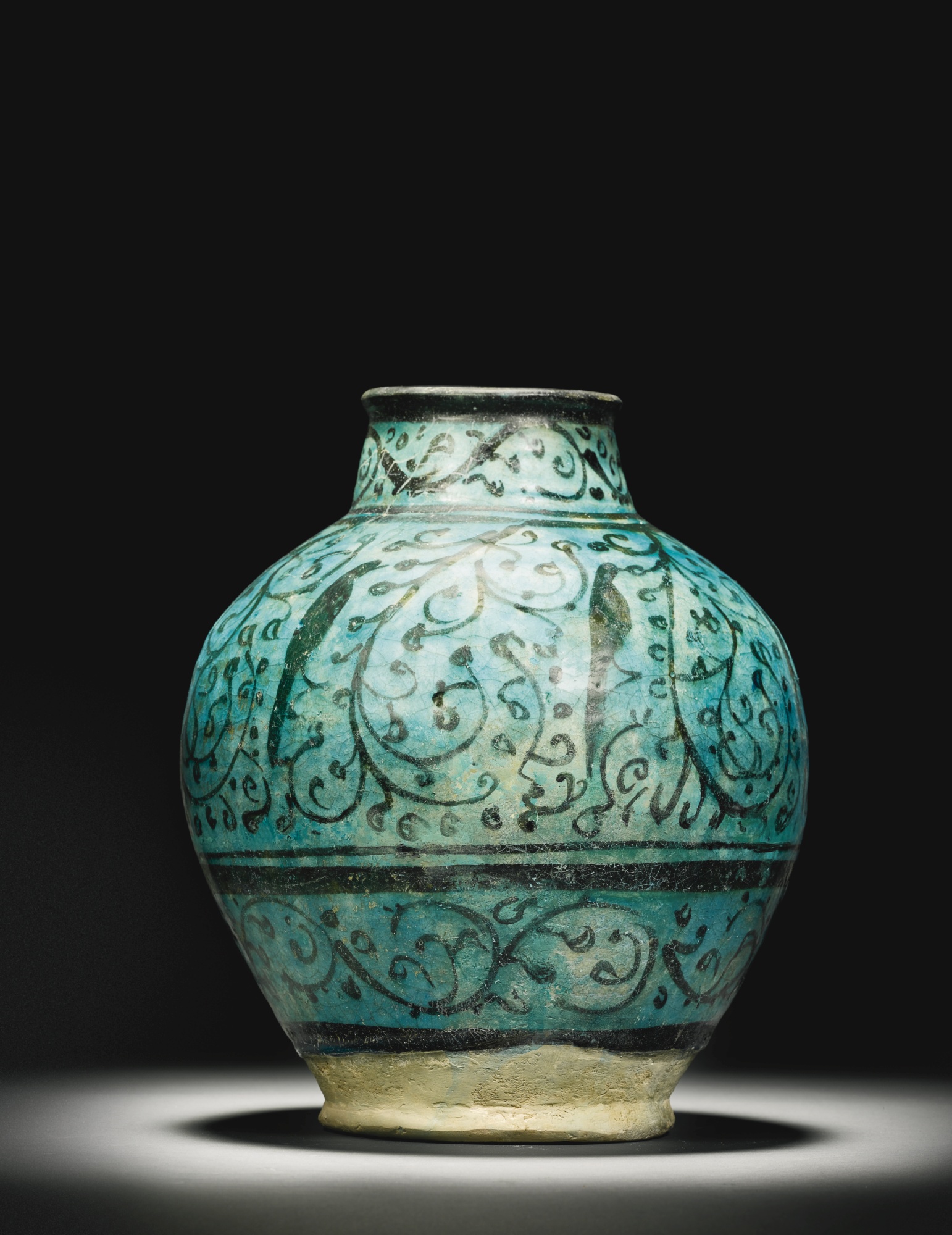The city of Totol, now named Tall alBeia, was founded north east of ancient Raqqa, at the confluence of the Euphrates-Balikh Rivers, among green fields, on a 600-700m high hill.
The hill attracted the attention of many people who started excavating clandestinely anticipating finding important treasures, actions which affected the features and landmarks of the hill.
Many travelers, scientists, and foreigners visited the hill at the beginning of the past century, wrote about in their memoirs and researchers.
German archaeologists excavated the hill before World War II and found remains of royal palaces, described the wall of the site which they believed was the wall of an important city in ancient ages.
No body doubted this belief because the hill really has an important fortified city at the confluence of two rivers, which both were maritime commercial routes.
In 1962 the famous Belgian linguist, specialist of interpreting the boards of Mari (Tall alHariri) on the central Euphrates visited the site of tall alBeia, recorded his impressions about its remains, and through comparisons with the documents of Mari and its royal archives, he found indicators of the existence of a city named Totol and it takes its water from the Balikh River.
At the same time he understood that it is on the bank of the Euphrates, and became convinced that this city is the present Tall alBeia. From Mari’s Archives and royal correspondences he could recognize the name of its king «Bakhlo Kolim» who used to communicate with Mari’s King Yakhdon Lim.
There are evidences indicating that Totol once was conquered by Yakhdon Lim who, then, took the title of «King of Mari, Totol and the Land of Hanna». Correspondences found in the huge archives of Mari, which combined more than 20 000 Cuneiform tablets in the second millennium BC, that Totol was an important city in the kingdom of Mari during the following periods.
One letter from King Zimri Lim time says that there was a state of enmity and resistance in Totol led by a person named Yashoop Dagan when Lansoom was governor of Totol and the neighboring Zalba, now called «Hammam alTurkman», near the town of Slouq, 70km north of alRaqqa.
Writer of this essay had the honor to escort the famous Austrian archaeologists Van Lone in 1981 in an excavating mission.
It seems that Totol was of a moderate weather which attracted King Zimri Lim, king of Mari who ruled it for a short period to reside in it, before it was occupied by the Assyrians in different epochs as the ruins of the city prove, especially the numerous palaces and defensive walls.
Written texts and correspondences prove that Totol was an important commercial center. One text says that King of Qarqamish, now Jarablus, delivered thirty ewes and fifty vats of wine to the king f Mari but were seized in Totol until custom taxes were paid.
Excavations executed by the German expedition headed by the scientist Eva Strominger revealed many ruins which prove the historical importance of Totol, particularly the huge wall which extended to the River Balikh in the east and the Euphrates in the south.
There might have been a channel connecting the Balikh with the Euphrates in the section looking at the two rivers. The wall was probably cut in the north eastern part by the Balikh when it ran beside the hill.
Now both the Balikh and the Euphrates are 2-3 km far from Tall alBeia, while the basin of the river changed into fertile fields. The triangular shape of the Tall reminds us now of the city of Ashure (Assyria) on the Tigris in Iraq, which was capital of largest state in ancient Orient.
It is already known that the Euphrates was an important mercantile route in the third and second millennium BC used by ships carrying goods from Anatolia to the Arabian Gulf.
On both banks there were many trade stations and cities where goods and raw materials like copper, timber and sheep were exchanged. The Balikh was a tributary route to the Euphrates, and Totol was at the confluence of the two rivers, and this is the reason behind the triangular shape of the hill, and behind its commercial importance to the maritime trade between the Levant, Mesopotamia, the Mediterranean and Anatolia. Therefore many items and handicrafts from distant countries were found in it. There are also evidences of the existence of an advanced industry of sail boats, where in the tablets of Totol there was a text saying that «Sekia», a sail boat manufacturer, contracted for selling 60 boats.
As from 1980s systematic excavations started in the Tall, important studies about it were published and many exhibitions were held in German cities to present the latest archeological finds which proved that Tall alBeia has many levels; one of them is under the wall, the other is in the center and the third is in the western side.
Finds of the hill belong to the ancient Babylonian age. Remains of residential areas were also found with fire places, collections of tablets belonging to the third and second millenniums BC, in addition to various items like ear rings, pearls, golden jewelry, Onyx as well as a Roman cemetery.
It is clear now that the city had streets and lanes of different widths and spacious and comfortable houses with rest rooms, furnaces, and beautiful clay and ceramic items, indications of the luxurious life the city enjoyed in the past.
Haifaa Mafalani

